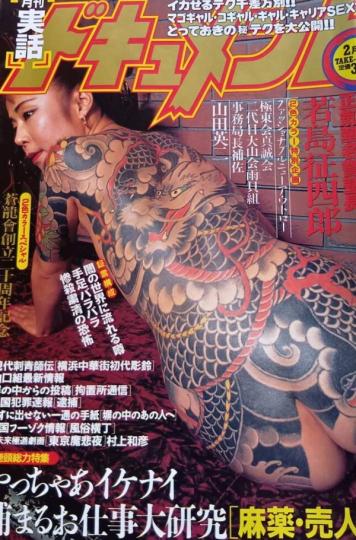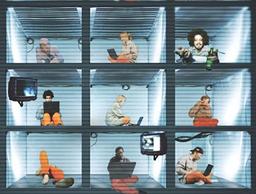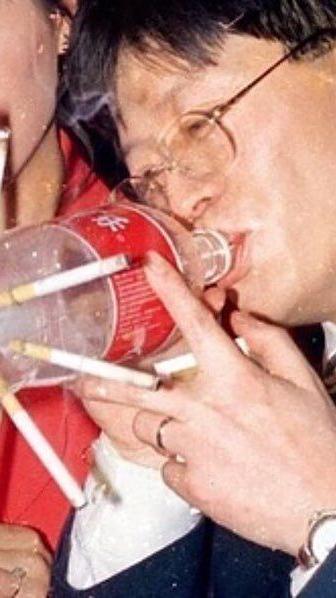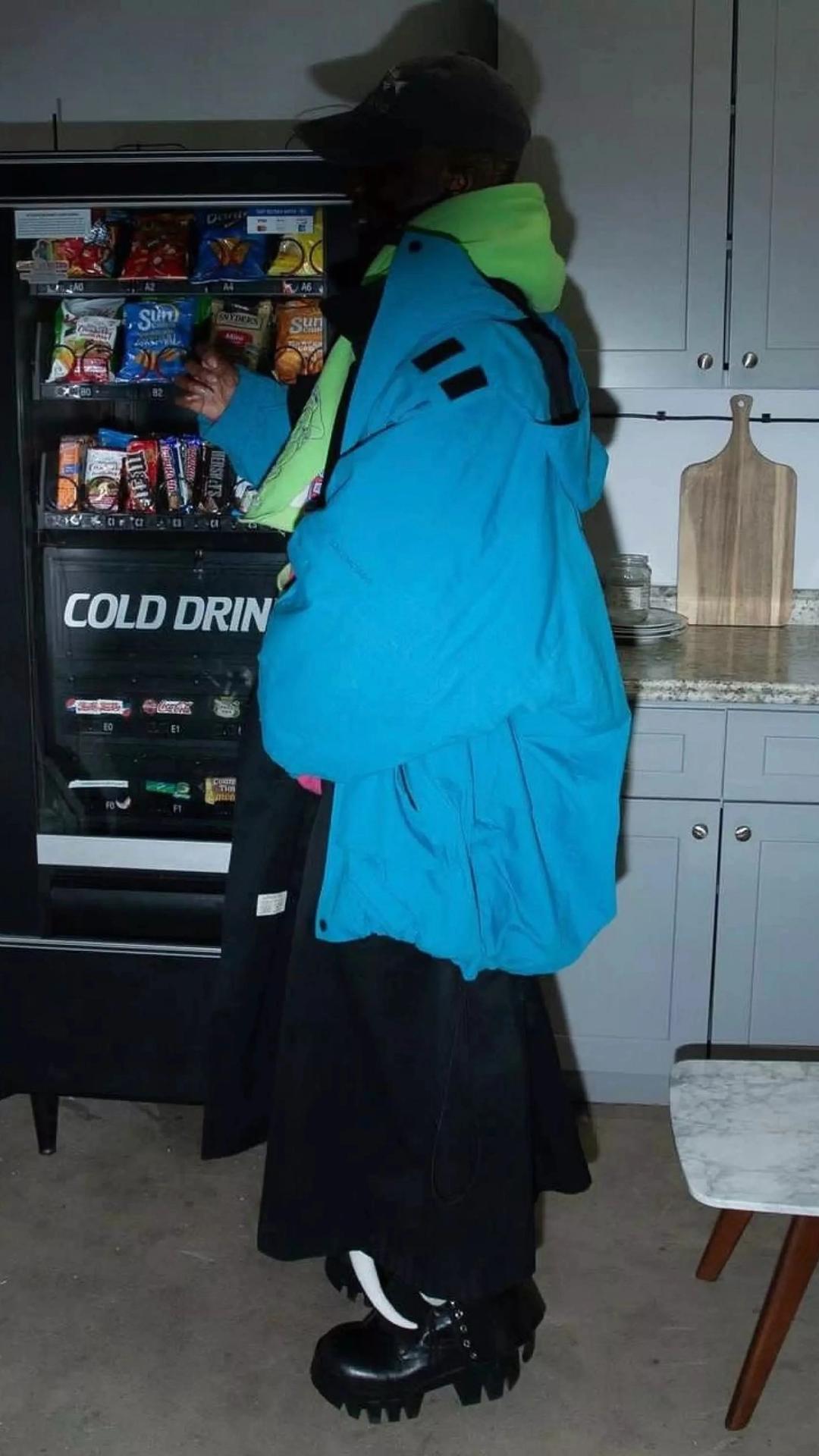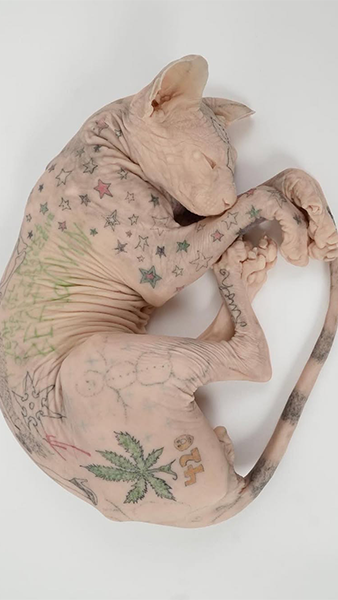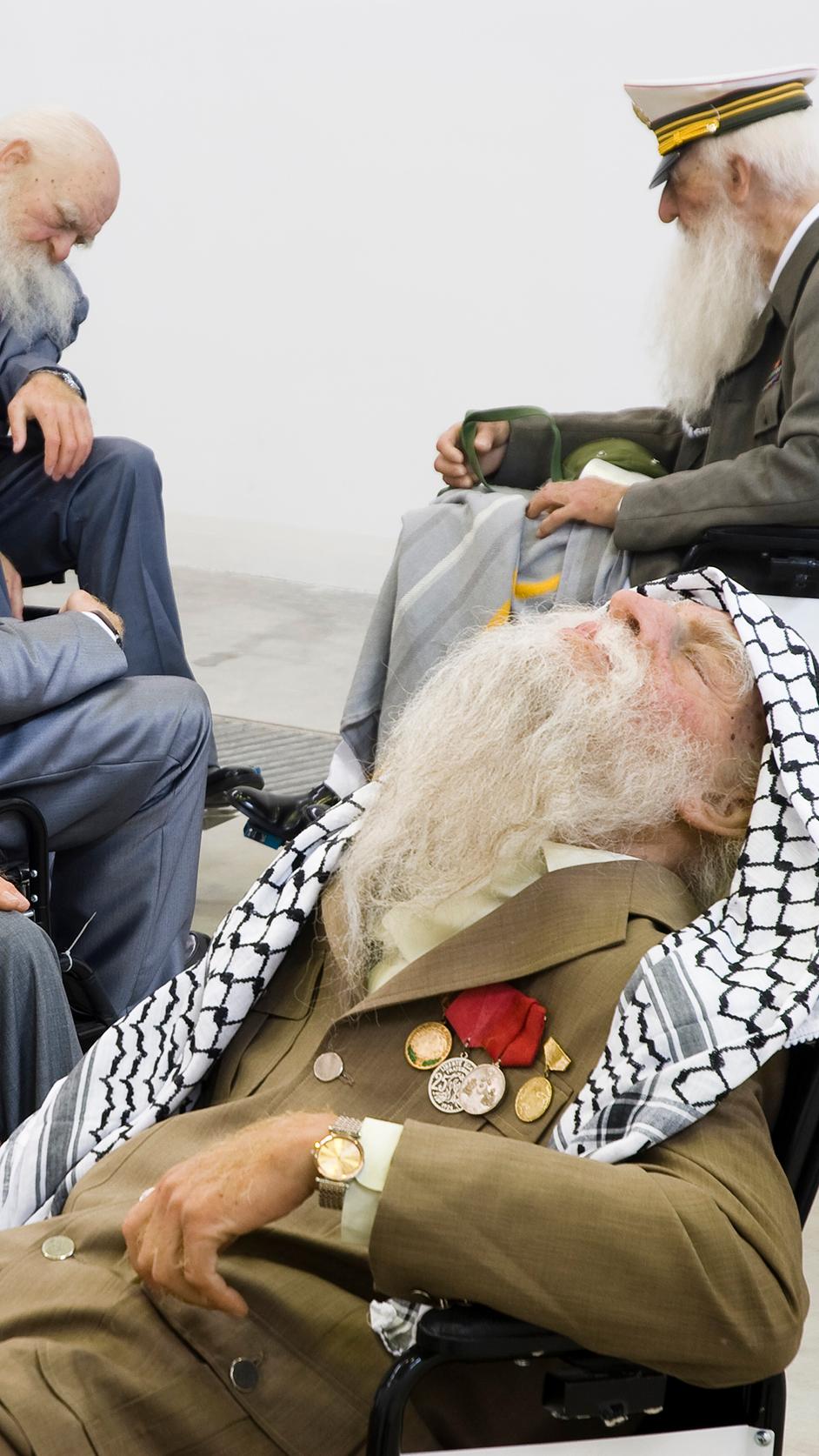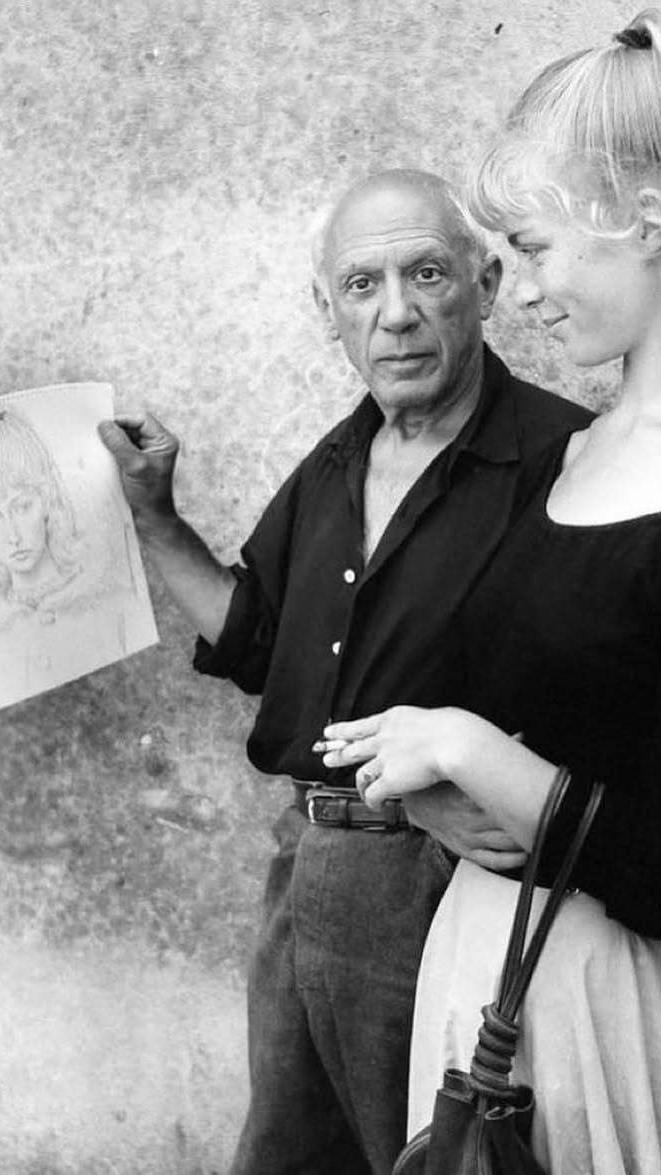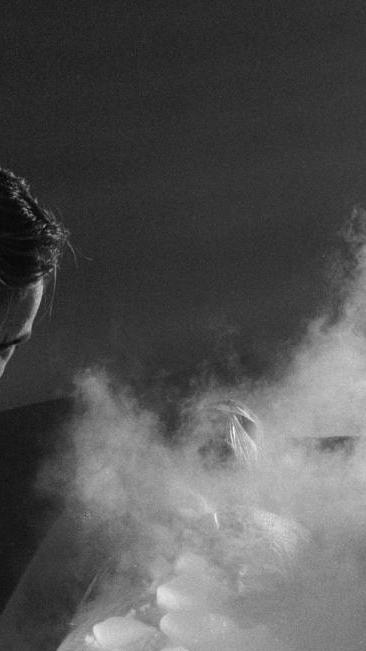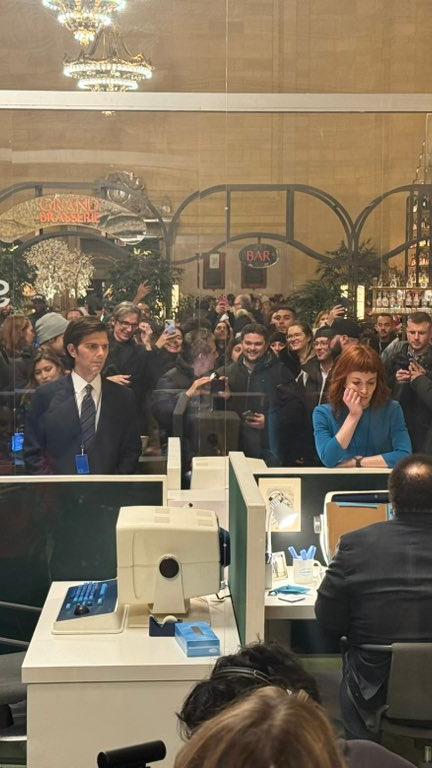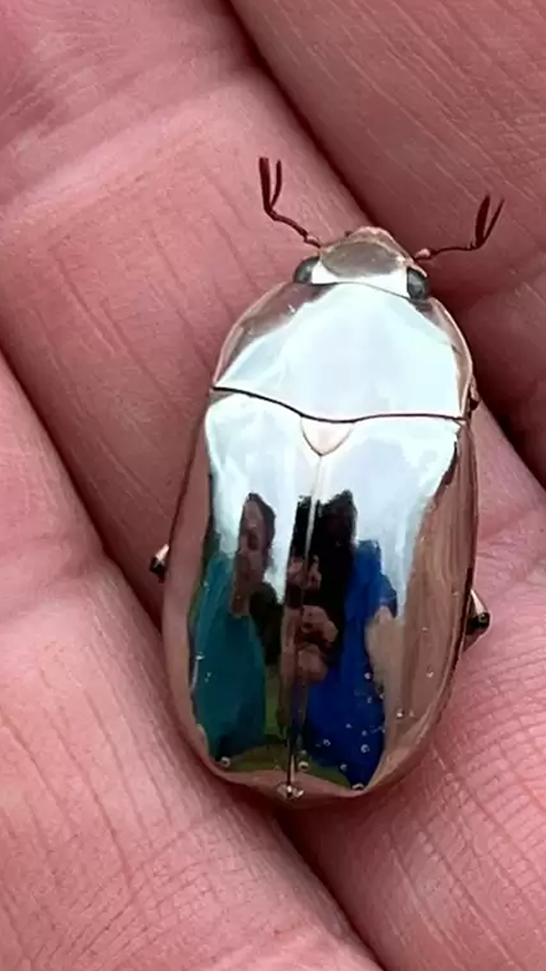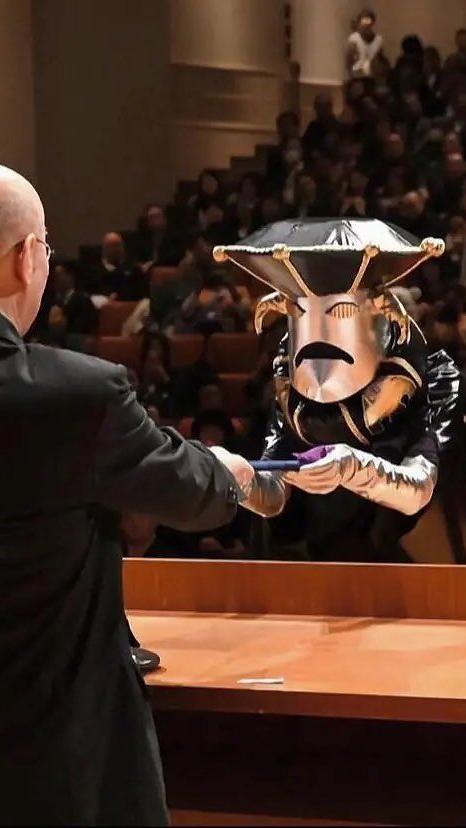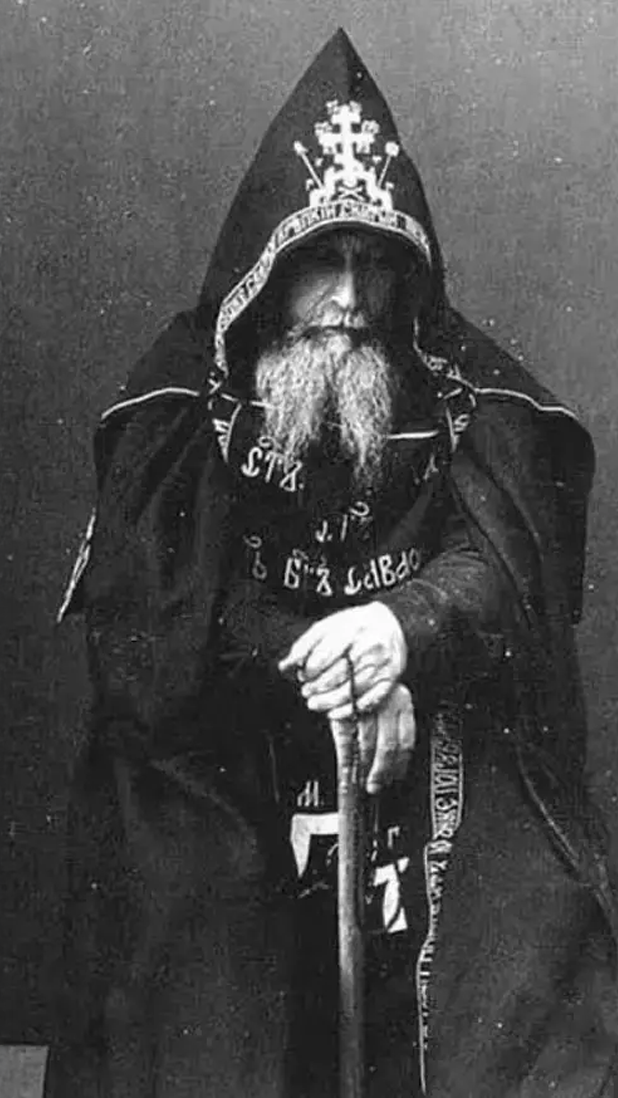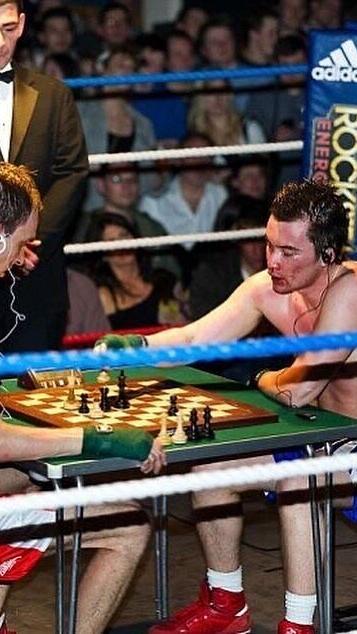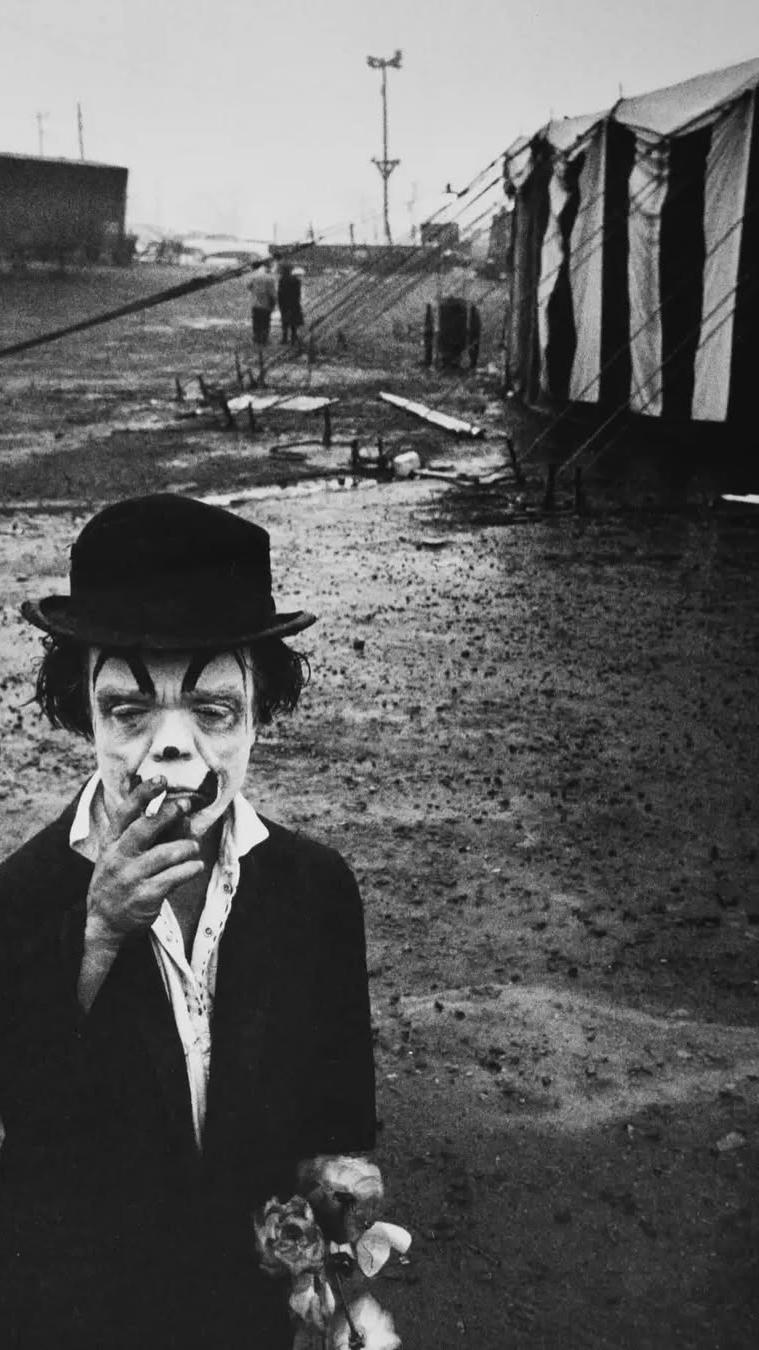On Fake Brands
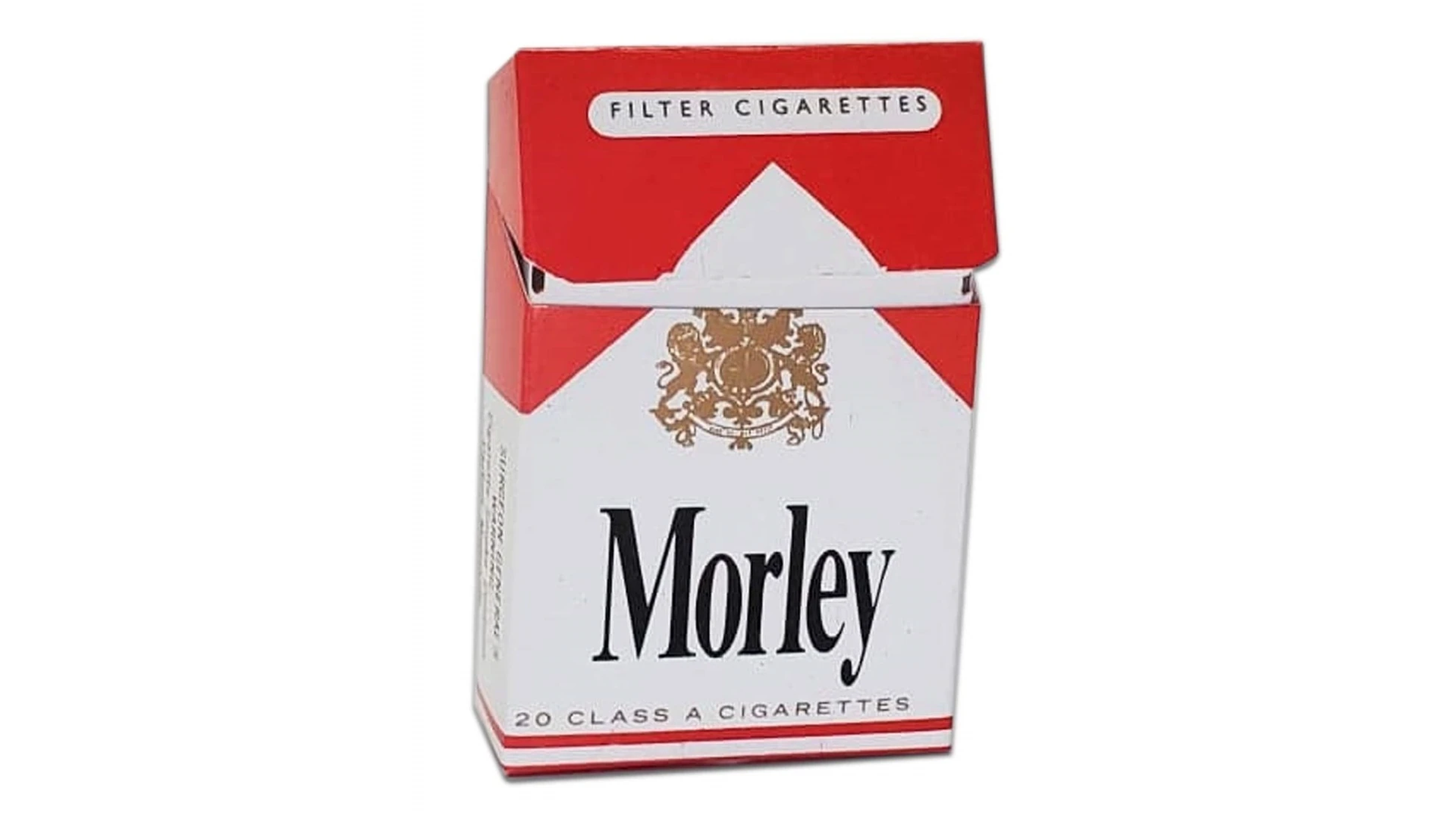
There are a handful of defining features of reality in the year 2025, and one of these is branding. Logo, advertisements, copy. Everywhere, all the time, on the street, on our screens, in our homes.
They also populate the fictional worlds we periodically use to escape this reality. Fictional brands may be as subtle as a colored oval on a cartoon box of cereal, or as explicit as a spell-changed caricature of an iconic mark.
![[object Object]](https://cdn.sanity.io/images/7hyzopih/production/0923edec765798db05d85e0c95423a66b30b2fe0-1440x943.webp?auto=format&fit=max&q=75&w=720)
Barbie Mag. Property of Warner Bros
Fake brands are real business. Wes Anderson works closely with graphic designers to build out the products and packaging of his worlds. Barbie had an entire graphics and set design team working specifically on the consumer products that appeared in the film. The fake brands of Rick and Morty are often front and center of writer’s room conversations.
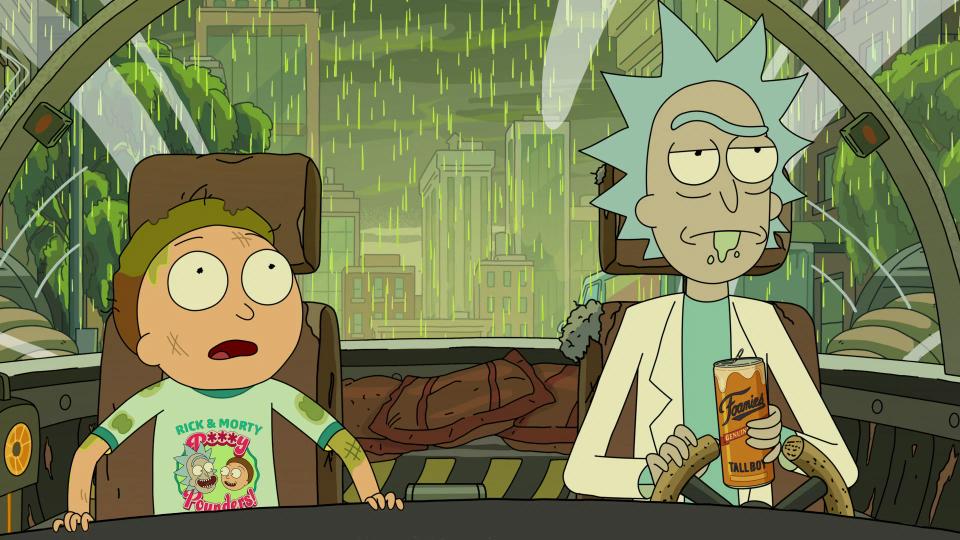
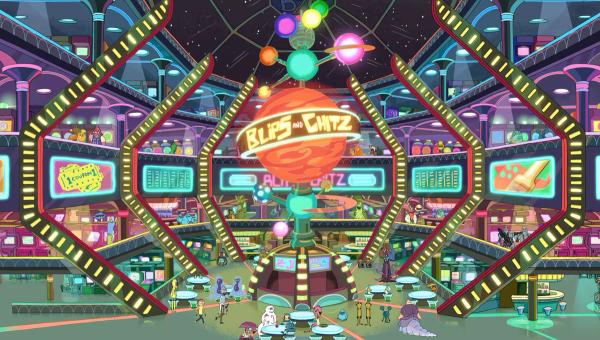
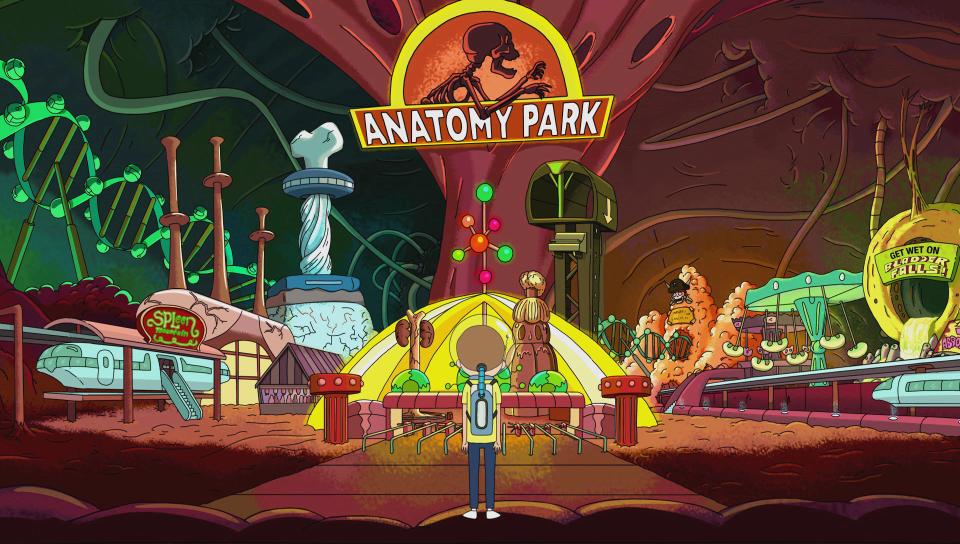
Rick and Morty © Adult Swim
There are several reasons fake brands exist.
One is worldbuilding. Given our hyper-branded present, the presence of brands (or at least logos) can make a fictional world feel realistic.
![[object Object]](https://cdn.sanity.io/images/7hyzopih/production/4eced918fdacf62aab331fa4428d72e35bc08c8e-1600x1009.webp?auto=format&fit=max&q=75&w=800)
Wes Anderson: The French Dispatch. Fictional Brand: Jam Crispies
Changes to the design, presence, or manifestation of these brands can also imply crucial information about how the fictional world functions. Wes Anderson is deft at this technique. The wry hyper-literal titles of the various bureaus, buildings, organizations, and books in his films (example: Invisible Spectrum Elemental Surface Atomic Spectroscopy) alert viewers to the absurdist tone of his worlds. In Asteroid City, to take a different sort of instance, menus are magisculed on the front of cafés, a practical implication of the speed of passing vehicles. These changes to consumer product branding (and yes, the title of a book cover counts) are elegant delivery systems for worldbuilding.
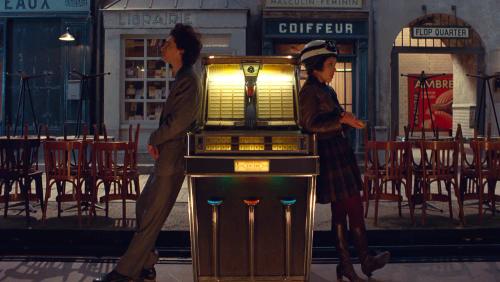
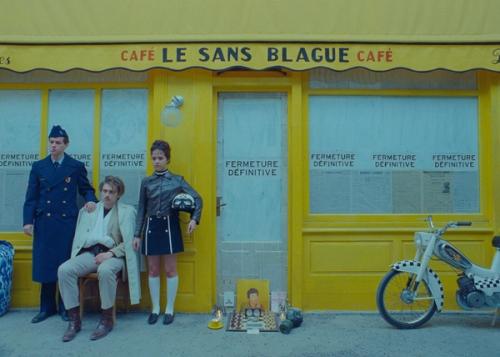
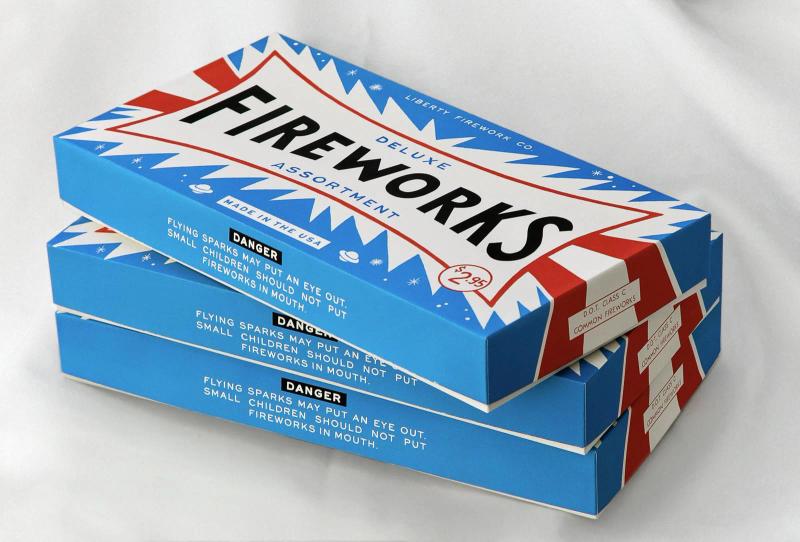
Stills and product from Wes Anderson's The French Dispatch
Fake brands are also great because they can’t sue you. Many a production team has had the hard conversation about whether they could afford a protracted legal battle with the umbrella conglomerate that owns the brand of, for instance, toothpaste they want to be a fixture in their show’s bathroom set. The safe choice is often to get in Illustrator and make a few transformative alterations.
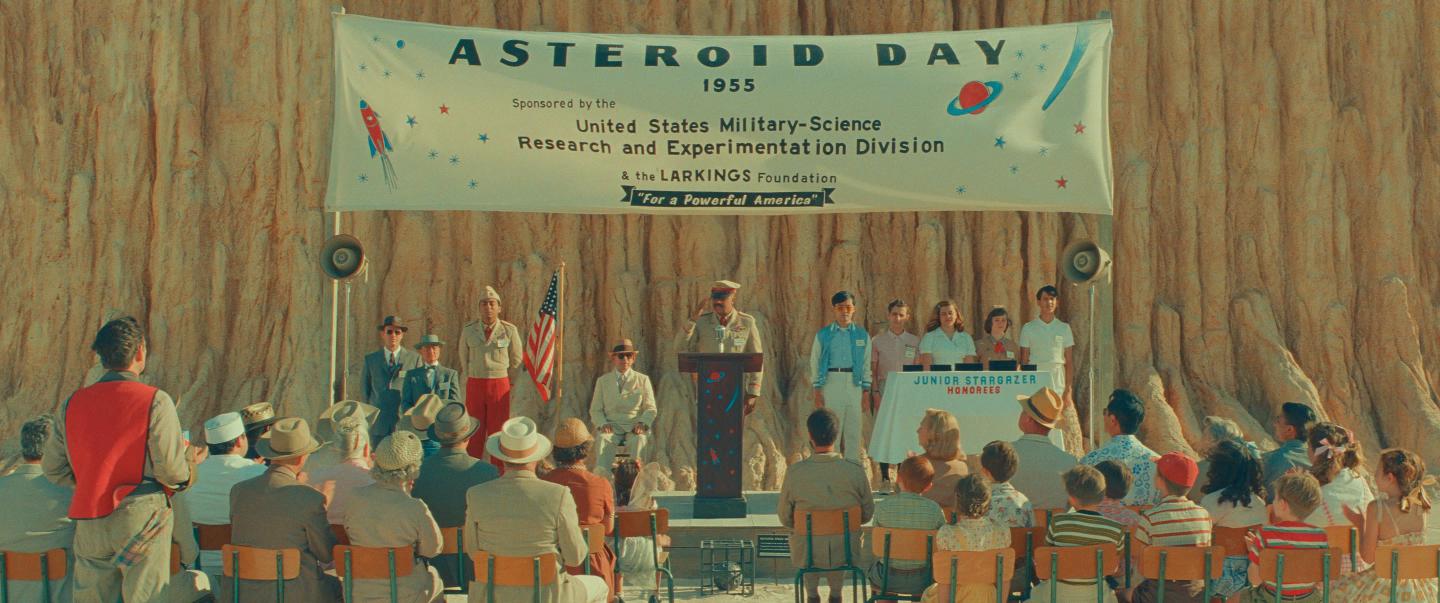
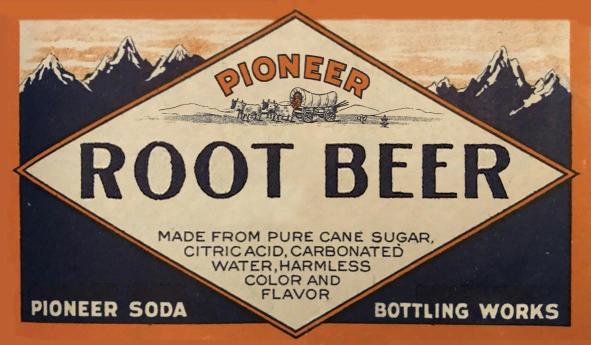

Stills and products from Wes Anderson's Asteroid City
Sometimes you want a brand’s attention, or to wink at the audience. Fake brands as satire is a well-worn use case. Duff Beer, a fake brand from The Simpsons universe, embodies all the worst of bottom-shelf beer.
![[object Object]](https://cdn.sanity.io/images/7hyzopih/production/eaf9614464935d805dd1ab3b647ae99eaddc94cf-768x412.webp?auto=format&fit=max&q=75&w=384)
Fake Brands in The Simpsons / Image: Frinkiac
Brand’s can also characterize. A fictional character’s brand companions can tell us more than their words, actions, or beliefs ever could. Wes Anderson is also particularly masterful in his use of this strategy. The books, products, and trinkets of his characters are rarely empty objects.
![[object Object]](https://cdn.sanity.io/images/7hyzopih/production/60229282c176793f71833273bc22a2b2c686f5fb-1194x846.png?auto=format&fit=max&q=75&w=597)
ACME is a prototypical Fake Brand
In a newly prominent phenomenon, entire fictional works are sometimes set in the universe of one brand. Barbie, for example. In these situations, rather than branding the objects explicitly with logo and graphics, all design becomes a brand facet. Everything from the cut of the lawn to the groceries in the fridge are implicitly Mattel sub-brand products.

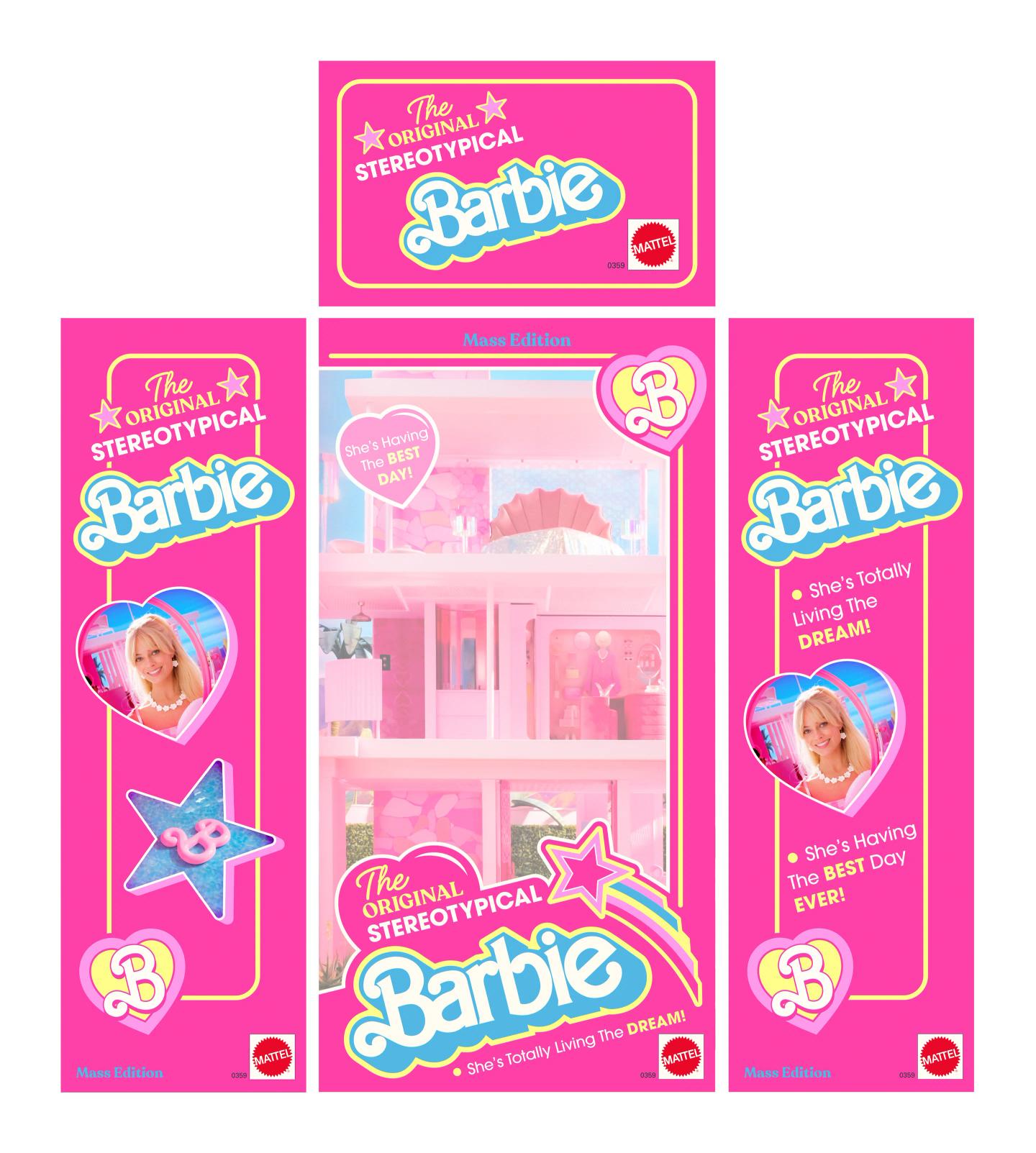
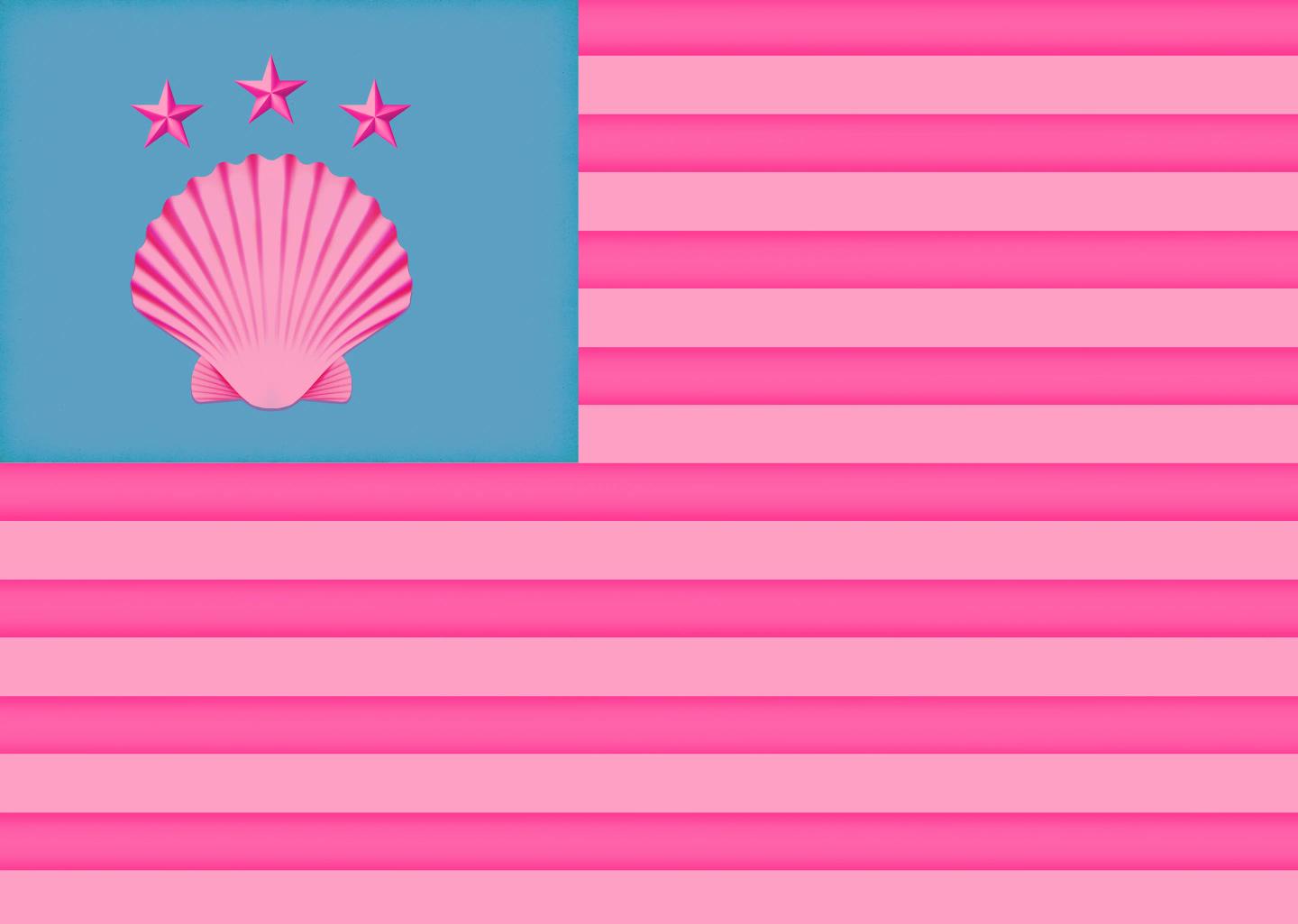
Barbie Ambulance Panels / Barbie Box / Barbie Land Flag / Property of Warner BrosBa
The importance of brands in our world and in our stories is clear. The two aren’t as separated as they may seem. In his dissertation on the subject of fake brands, 3D artist Lorenzo Bernini studied the principles of fake branding and examined several related phenomena, one of which is defictionalization, or the process through which a fake brand becomes real. Duff Beer is an example - the fake beer now has real beer, t-shirts, and can koozies bearing its emblem. Bubba Gump Shrimp co. is another example.
![[object Object]](https://cdn.sanity.io/images/7hyzopih/production/5f26b2bcdceb327786d3f1ee47d52b6b6d1792f8-824x896.webp?auto=format&fit=max&q=75&w=412)
Duff Beer from The Simpsons. Courtesy of Fictional Brands Archive
A 2012 show at Apexart celebrated this blurry line by curating a lineup of fake brands, several of which had defictionalized, placing it in a gray area between guest curated art gallery show and pop-up shop.
![[object Object]](https://cdn.sanity.io/images/7hyzopih/production/d597aee3a1e1f0efc10d3605df76345a9d462f14-1200x1009.jpg?auto=format&fit=max&q=75&w=600)
Lorenzo Bernini's Fictional Brands Archive
The line gets even blurrier when you introduce creative ideation, the hypothetical brands of marketing agencies, and the productless logos of creative wannabees. Today, many people do branding who don’t have anything you’d call a company. In some ways, to ‘brand’ has become a purely creative endeavor. Does that make it fake?
Brands can be many things. They can be comforting, exciting, disappearing, prominent, beautiful, ugly. They can also be real or fake. Increasingly, drawing the line between the two isn’t as easy as it looks.
Image Curation by Erild Kondi (@kondierild)


